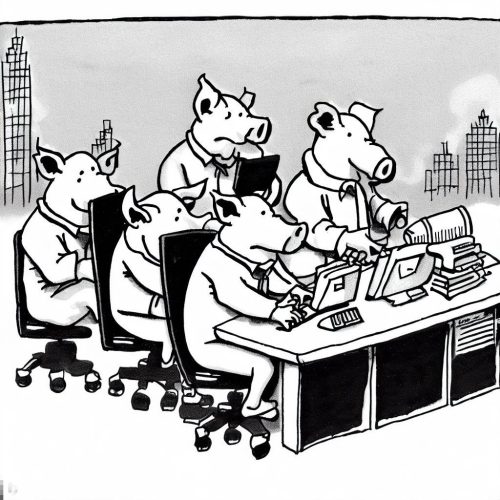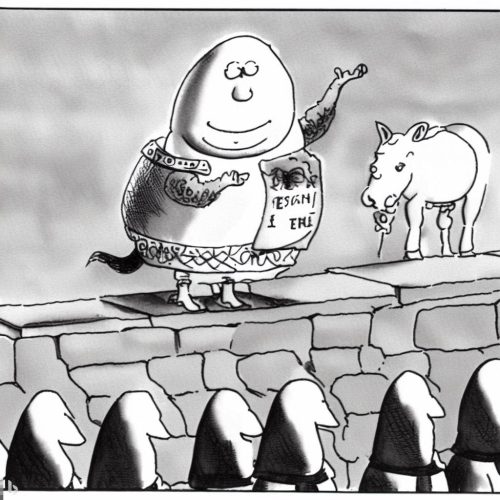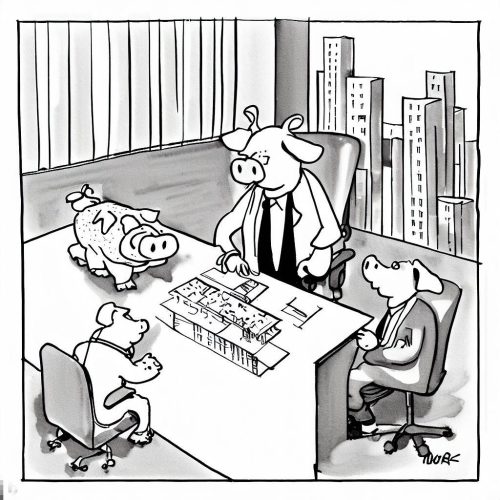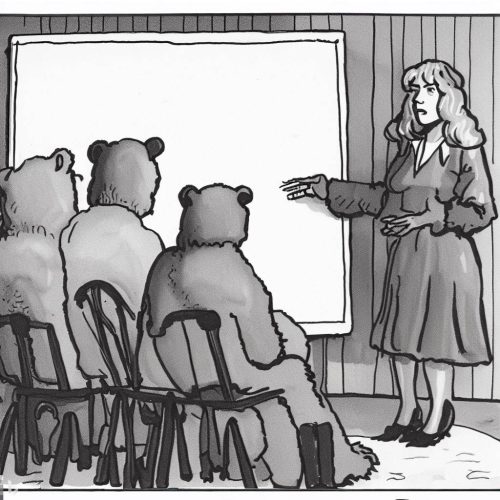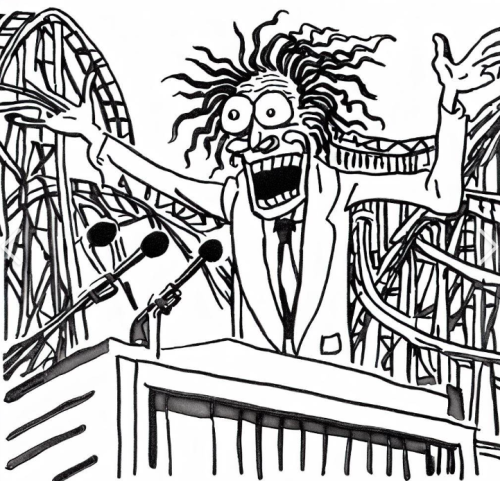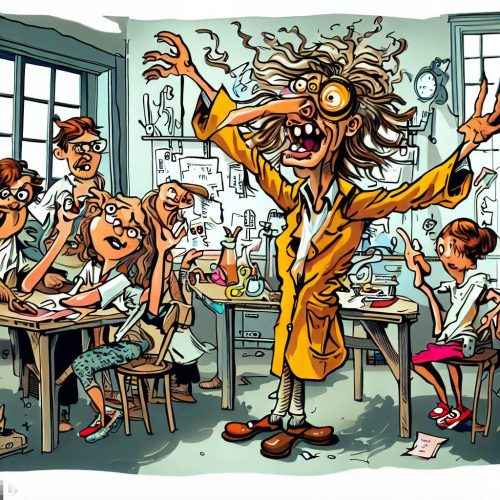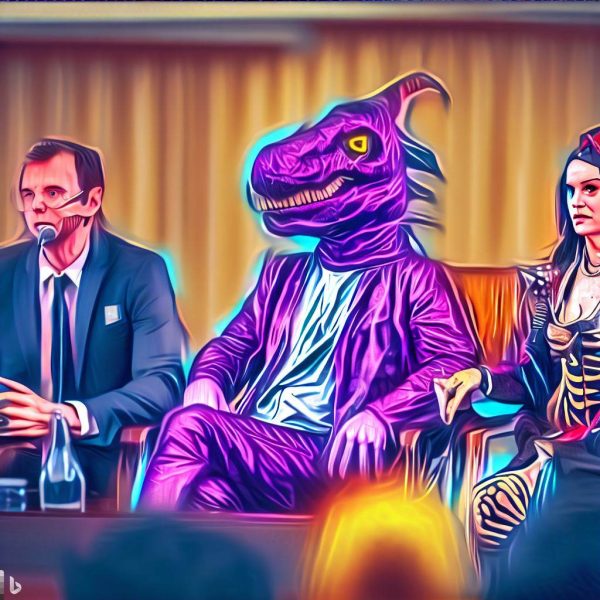Speaking on a stage isn’t the same as chatting with your friends on the phone. Duh.
On stage, you’re standing up straight, using broad gestures, and commanding the room with a well-structured narrative. If you’re good at it, you’ve probably even rehearsed. (Please tell me you’ve rehearsed!)
But when you’re on the phone with a friend, you’re slouched on your couch, curled under a blanket, and breezing through half-baked plans and ideas. And there’s no rehearsal at all.
Just Be Yourself and Act Natural??? Whaaaat???
And yet, some public speaking coaches will tell you the key to public speaking is to “just be yourself.” Oe “just act natural. Or “just be authentic.”
Whaaaa? Obviously, this advice isn’t specific enough to be helpful!
For many, being on stage in front of a roomful of people and commanding their attention isn’t a “natural” situation!
Public speaking requires many skills we don’t use in everyday conversations! Before speaking in public, we structure, format, design, and write. We rehearse our words, content, voices, and gestures. These planning, performance, and rehearsing skills don’t necessarily come naturally!
Curling up on the couch in yoga pants comes naturally to me. Standing up in front of a roomful of strangers in a business suit? Not so much!
Try this One Wacky Rehearsal Exercise
So how do you “act natural” in a completely unnatural situation, like standing on a stage or staring into a camera? And you have to do unnatural things like write, plan, and rehearse?
The key is to find your authentic voice. And for many, that requires practice, too!
Here’s one wacky exercise to help you find your authentic voice. Of course, it’s totally contrarian, and it’s peculiar. But here goes:
💡 When you rehearse your next presentation, practice it in different accents or while impersonating other characters.
Will you look and sound ridiculous? Yes. Oh, yes. But this exercise can help you in four ways:
- Bring the levity. Do you hate rehearsing? Many people do, that’s why they avoid it. By bringing humor to the rehearsal process, you might find you enjoy practicing your speech. Especially if you rehearse it as if you were Beyoncé. That way, you won’t avoid it, you’ll look forward to it!
- Decrease the tension. Practicing your speech as if you were a pirate or Mr. Rogers still lets you focus on the content of your speech. You’re taking your topic seriously, but you’re taking yourself lightly. This can help you lighten up and loosen up.
- Express your emotions. Speaking as if you were Barney the Dinosaur or a space alien can help you break out of your usual speaking patterns. It lets you discover new ways of expressing your emotions. You can also find surprising in-the-moment insights about yourself you aren’t even aware of!
- Find your own voice. And finally, the contrast between a 1920s gangster and your own character helps you identify the unique aspects of your vocal patterns. A surefire way to find your voice is to hear the contrasts when they come out of your mouth!
Weirdly, playing with voices that aren’t authentic to your character is the key to finding your authentic voice. That way, you can hear and feel the difference in a light-hearted way.
So the next time you have a speech or rehearsal, try practicing it as if you were your boss, Bart Simpson, Oprah Winfrey, or any other character you choose. Yes, it’s weird. But think how much fun it can be to talk like Spongebob Squarepants when someone tells you to “just” act natural and be yourself!
That’ll show ’em! 😀
Laura Bergells teaches public speaking and business communication classes and workshops. You can also book a private, one-on-one Zoom consultation here: Hire Laura.
Take Laura’s communications and public speaking classes at LinkedIn Learning. – Free to LinkedIn Premium Members!

